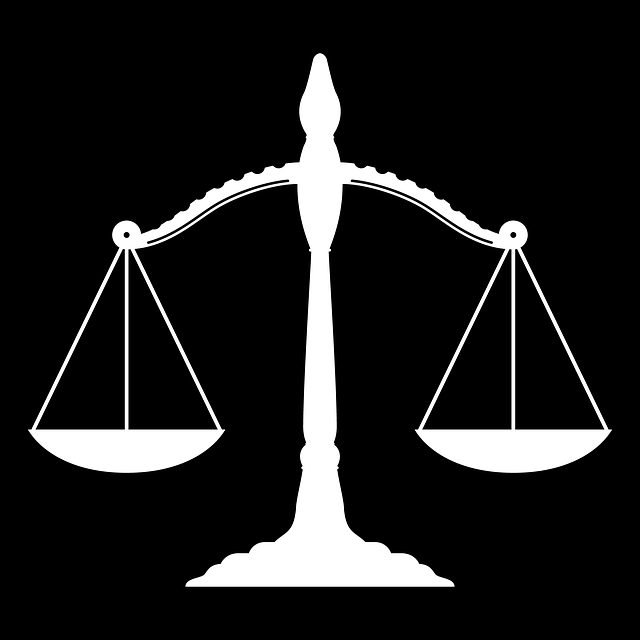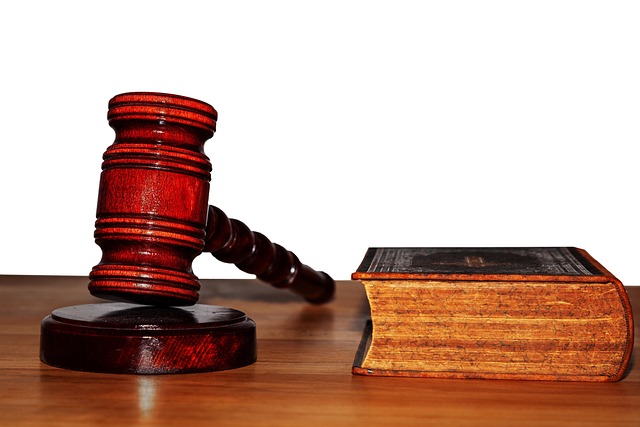Sidewalk trip and fall lawsuits address pedestrian injuries caused by hazardous public walkways, focusing on proving negligence. To win compensation, plaintiffs must show a dangerous condition, ownership knowledge or imputed knowledge, direct causation between the fall and injuries, and quantifiable damages. Complex factors like property disputes can arise, requiring strategic navigation with compelling evidence to demonstrate negligence and comply with legal standards for a favorable outcome.
In the realm of personal injury law, proving negligence in sidewalk trip and fall lawsuits is a intricate process. These cases, often involving simple slips and stumbles, can lead to significant legal battles. Understanding the nuances of these incidents is crucial for both plaintiffs and defendants. This article navigates the elements required to prove negligence, strategies for successful litigation, and offers insights into navigating the complex landscape of sidewalk trip and fall lawsuits.
- Understanding Sidewalk Trip and Fall Cases
- Elements to Prove Negligence
- Strategies for Success in Litigation
Understanding Sidewalk Trip and Fall Cases

Sidewalk trip and fall lawsuits are a common legal issue, often involving pedestrians who sustain injuries due to hazardous conditions on public walkways. These cases typically revolve around proving negligence, where the plaintiff must demonstrate that the property owner or managing entity had a duty to maintain a safe environment, failed to uphold this duty, and their neglect directly caused the accident. Understanding the nuances of these cases is crucial for both plaintiffs and defendants alike.
In many jurisdictions, establishing liability in sidewalk trip and fall incidents requires a careful analysis of various factors. This includes evaluating the visibility of obstacles, the time taken to rectify unsafe conditions, and whether warning signs were displayed. Moreover, distinguishing these cases from other types of personal injury claims, such as medical negligence or nursing home neglect, is essential. Slip and fall accidents on sidewalks are generally handled differently from incidents occurring within healthcare facilities, where stricter standards of care might apply.
Elements to Prove Negligence

In sidewalk trip and fall lawsuits, proving negligence is pivotal for successful compensation. To establish liability, plaintiffs must demonstrate four key elements. First, they need to prove that a dangerous condition existed on the property, such as broken pavement or uneven surfaces. Second, it must be shown that the property owner had actual or constructive knowledge of this hazard but failed to take reasonable measures to address it. Third, there needs to be a direct causal link between the fall and the injuries sustained. Lastly, the plaintiff’s damages, including medical expenses and pain and suffering, should be quantifiable.
These cases often involve complex considerations beyond slip and fall injuries. Property damage claims may arise from disputes over who is responsible for maintenance, while partnership disagreements could impact the decision-making process regarding property upkeep. Understanding these elements and gathering compelling evidence are essential steps in navigating sidewalk trip and fall lawsuits successfully.
Strategies for Success in Litigation

When navigating sidewalk trip and fall lawsuits, a successful litigation strategy is paramount. The key lies in meticulous preparation and a deep understanding of the legal framework surrounding such cases. Gather comprehensive evidence, including photographs of the hazardous condition that led to the fall, medical records detailing the extent of injuries sustained, and witness statements corroborating the incident. This robust evidentiary foundation strengthens your case and demonstrates negligence on the part of the property owner or maintenance entity.
Moreover, focus on establishing a clear timeline of events and the resulting damages. Document all out-of-pocket expenses related to medical treatment, rehabilitation, and any loss of earning capacity due to the sidewalk trip and fall incident. These strategic steps ensure your case not only presents a compelling narrative but also meets the legal standards required to prove negligence, ultimately increasing the likelihood of a favorable outcome in court, whether it’s settling out of court or securing compensation through a judgment for car accident injuries, product liability claims, or caregiver abuse cases.
In the realm of sidewalk trip and fall lawsuits, understanding the key elements of negligence is crucial. By mastering the art of proving fault, plaintiffs can navigate the legal landscape successfully. This comprehensive guide has highlighted the essential strategies to ensure victory in such cases, empowering individuals to pursue justice for their injuries. Remember, in navigating these complex matters, a keen eye for detail and a solid grasp of legal principles are your best allies.






